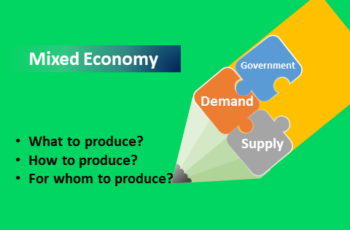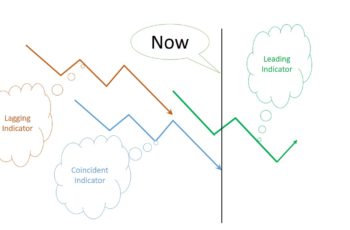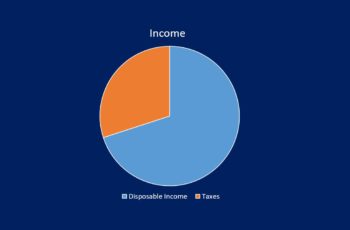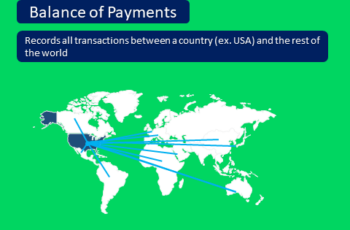The Wholesale Price Index (WPI) measures the price change of selling goods in large amounts. Wholesale prices are much lower per unit than prices at retail stores.
In other words, the wholse price index measures price changes in which buyers and sellers are businesses.
Wholesale sellers are raw material sellers, factories, and large distributors and buyers are shops and small distributors.
The WPI like the Consumer Price Index (CPI) is an inflation indicator. The WPI measures price change from businesses’ perspectives and CPI from consumers.
Wholesale Price Index Calculation
The wholesale price index calculation is the same as the consumer price index.
The price of a basket of goods for this year is compared to the price of the same basket of the base year, in which the number of times is hundreds.
In simple mathematical formula:
WPI = (the price of a basket of goods this year)/(the price of the same basket of goods in the base year)*100
In the above formula, the result is multiplied by 100 to get a clearer picture.
To compare with last year’s WPI, we deduct last year’s WPI from this year and divide by 100 to get in percentage terms.
Importance of WPI
The importance of the wholesale price index varies from one country to another. And it is closely related to the Producer Price Index or PPI.
For example, the wholesale price index in India is an important indicator because the PPI is not produced in India. That is why investors and the Indian government focus closely on WPI. On the other hand, the USA stopped computing WPI, which is why the PPI became more important.
Differences Between WPI and PPI
Both WPI and PPI measure price changes or inflation from businesses’ points of view.
However, there are differences that we cannot ignore them.
Here differences between WPI and PPI:
- The WPI does not include services while the PPI does;
- The WPI includes imported goods while the PPI does not; and
- The WPI includes some taxes and distribution costs while the PPI does not.






